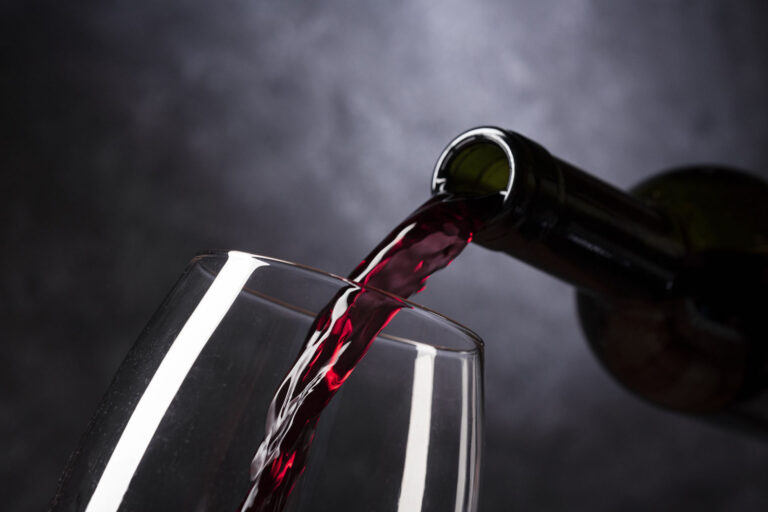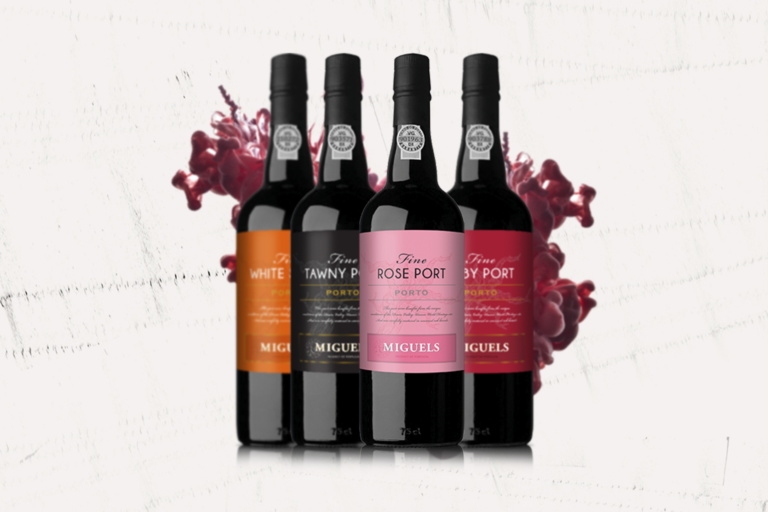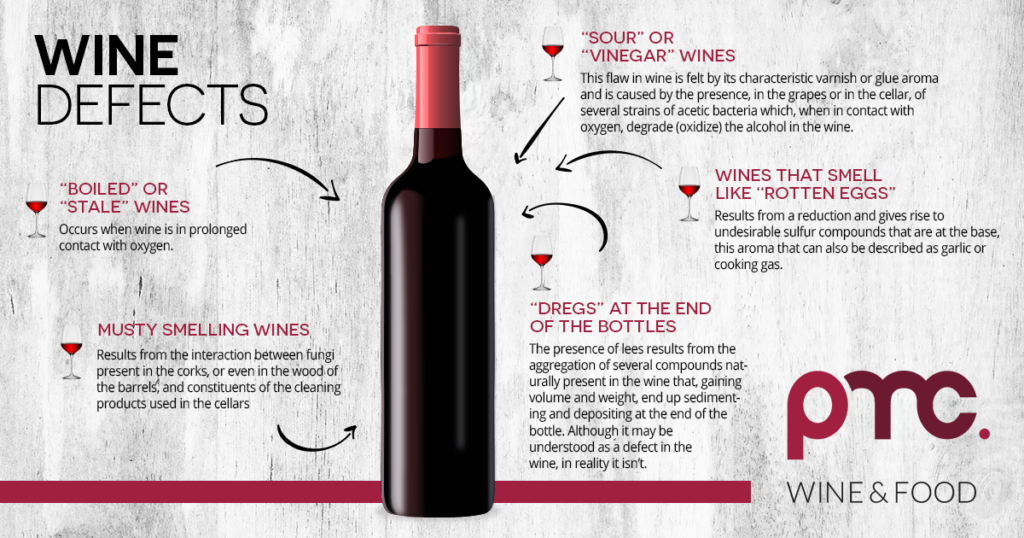
Is the wine spoiled and why? Some questions about the wine being spoiled.
Sometimes we open a bottle of wine and think that it is spoiled, without really understanding why. What is a flaw for some wines may not be for others, and sometimes we can manage to remedy them in very simple ways.
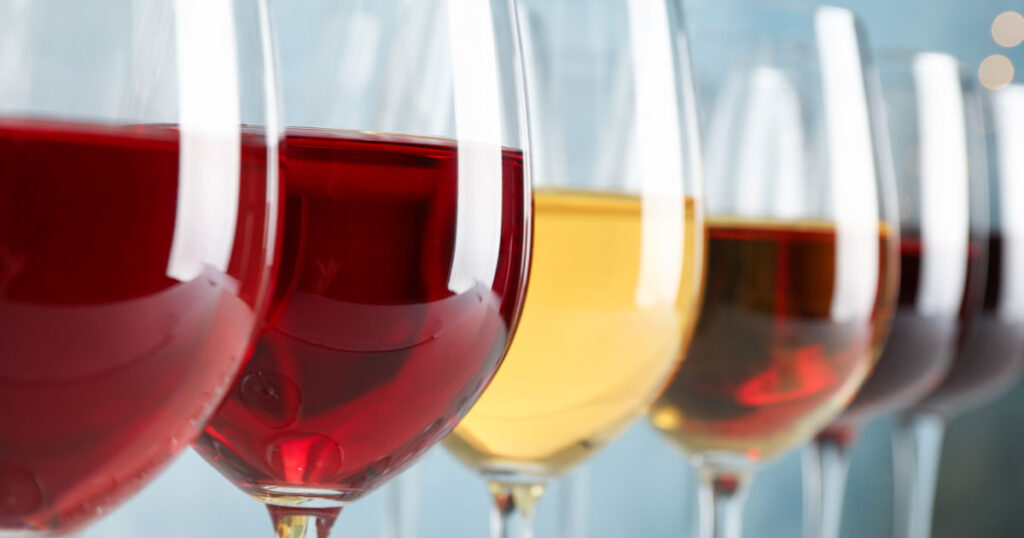
“Boiled” or “Stale” Wines
We’ve all heard expressions like “this wine is cooked” or “this wine is stale”, without ever realizing what they really mean. The oxidation of a wine is a process that occurs naturally when the wine is in contact with oxygen. However, when this contact is made for a long time, the wine has a less vibrant and more brownish color and an aroma where dried fruits and cider predominate, presenting a drier and more bitter aftertaste. This defect can occur during the winemaking process or even at home, due to poor wine storage – which should be stored horizontally and not vertically, as this way the cork is always in contact with the wine, not drying out, preventing the entry of oxygen.
However, not all oxidation is undesirable or a flaw. In wines such as Tawny Port, Madeira or Spanish Jerez wine, the oxidation process is essential and characteristic. These wines stand out for their contact with oxygen, leaving them, as a rule, with a more brownish color and aromas of nuts, caramel, and honey.
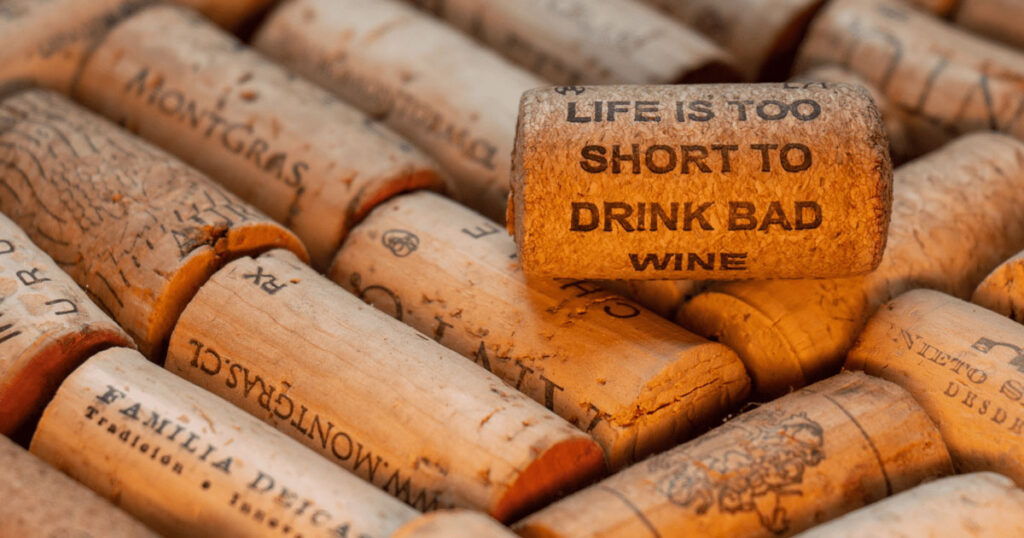
Musty smelling wines
The natural cork stopper is the most traditional method used to seal a bottle of wine as it allows small amounts of oxygen to come into contact with the wine, which is important for the aging process of red wines and some more complex whites. However, when there is the formation of the TCA compound, which results from the interaction between fungi present in the corks, or even in the wood of the barrels, and constituents of the cleaning products used in the cellars, the wine acquires an unpleasant aroma, often described as “wet paper” or mildew.
This defect in wine tends to become more evident with its oxygenation so, if in doubt, let the wine aerate a little before drinking it.
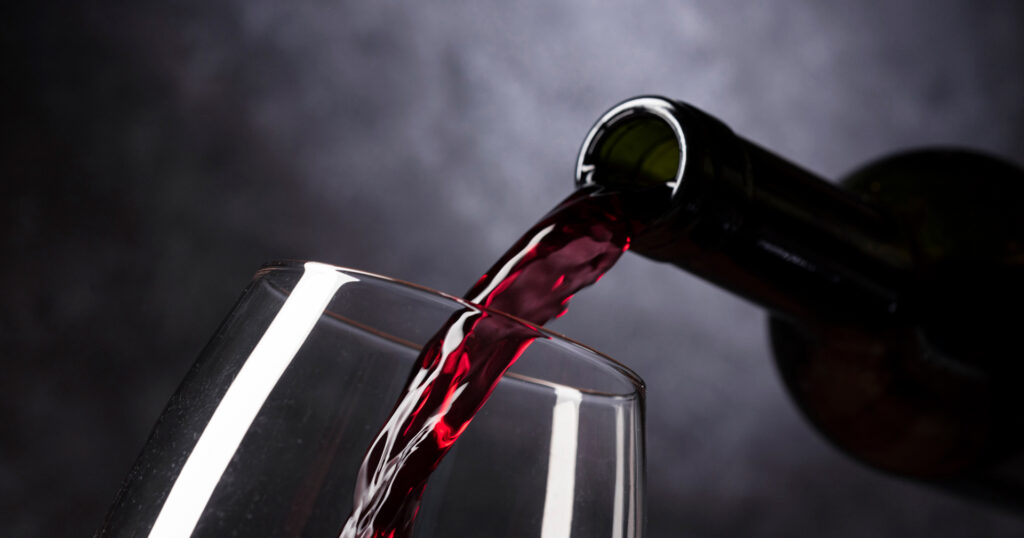
“Sour” or “vinegar” wines
Another widely used expression is that of “sour” or “vinegar” wine, two adjectives associated with the presence of a high degree of volatile acidity in the wine. This flaw in wine is felt by its characteristic varnish or glue aroma and is caused by the presence, in the grapes or in the cellar, of several strains of acetic bacteria which, when in contact with oxygen, degrade (oxidize) the alcohol in the wine. wine in other undesirable compounds, which will give rise to these unpleasant aromas. The quality of the grapes and their selection during the harvest, along with good cellar hygiene, are key factors in preventing this flaw.

Wines that smell like “rotten eggs”
Although not an expression associated with wine, the unfriendly aroma of rotten eggs results from a reduction in wine – this reduction, being the opposite of oxidation, occurs in environments with little oxygen and gives rise to undesirable sulfur compounds that are at the base. this aroma that can also be described as garlic or cooking gas. In some cases, the aeration of the wine attenuates or eliminates the reduction of the wine.
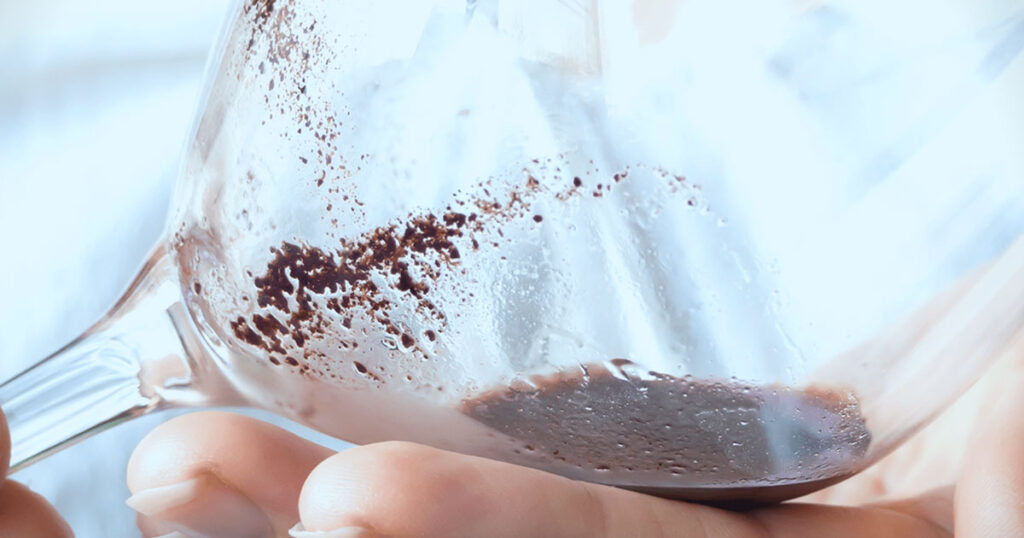
“Dregs” at the end of the bottles
We often find sediment at the end of a bottle of wine, especially in older reds. Although these sediments (“Dregs”) are not visually appealing, they are not a wine flaw. The presence of lees results from the aggregation of several compounds naturally present in the wine that, gaining volume and weight, end up sedimenting and depositing at the end of the bottle. This phenomenon may indicate a more artisanal winemaking process, during which the wine was not stabilized or filtered – some winemakers choose not to filter the wine to enhance its complexity.
In addition to these flaws that may occur, there are others such as, for example, the presence of Brettanomyces yeasts, more commonly called “Brett”, in the wine’s composition – which can enhance an aroma of “wet dog”, “horse sweat” or “horse sweat”. leather”. This type of yeast is present in the grapes, but it can also be lodged in the cellar, especially in used wooden barrels, and it thrives in environments with a high glucose (sugar) content and low acidity, usually at the end of fermentation or during fermentation. barrel stage. Once again, the quality of the grapes and the hygiene in the cellar are essential to prevent the spread of this yeast.
